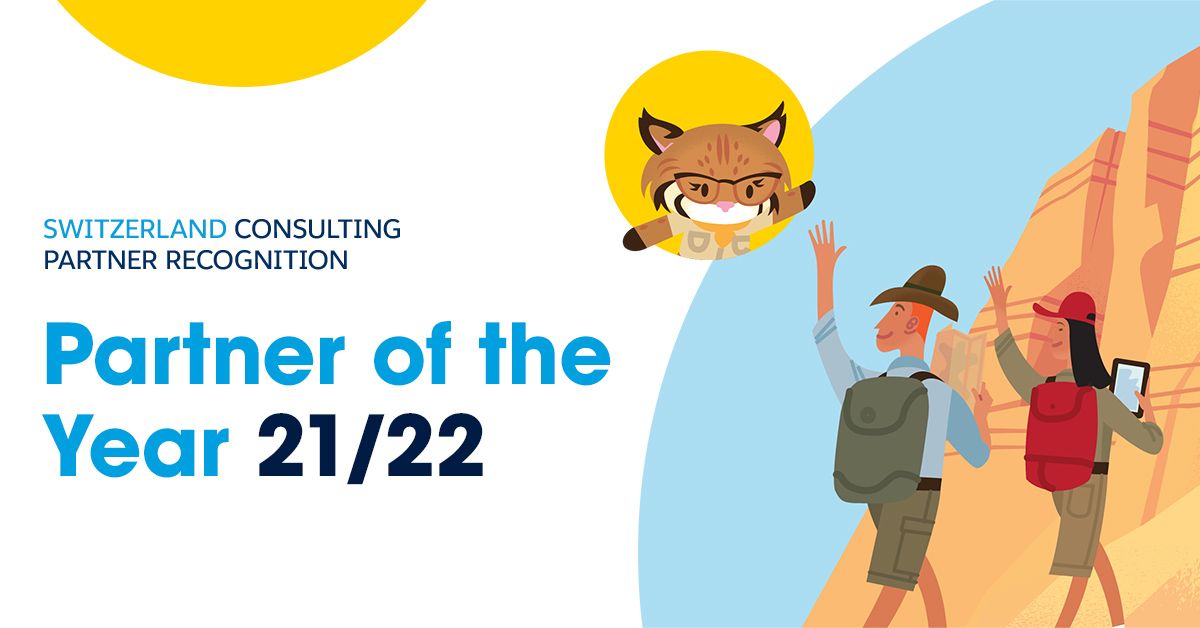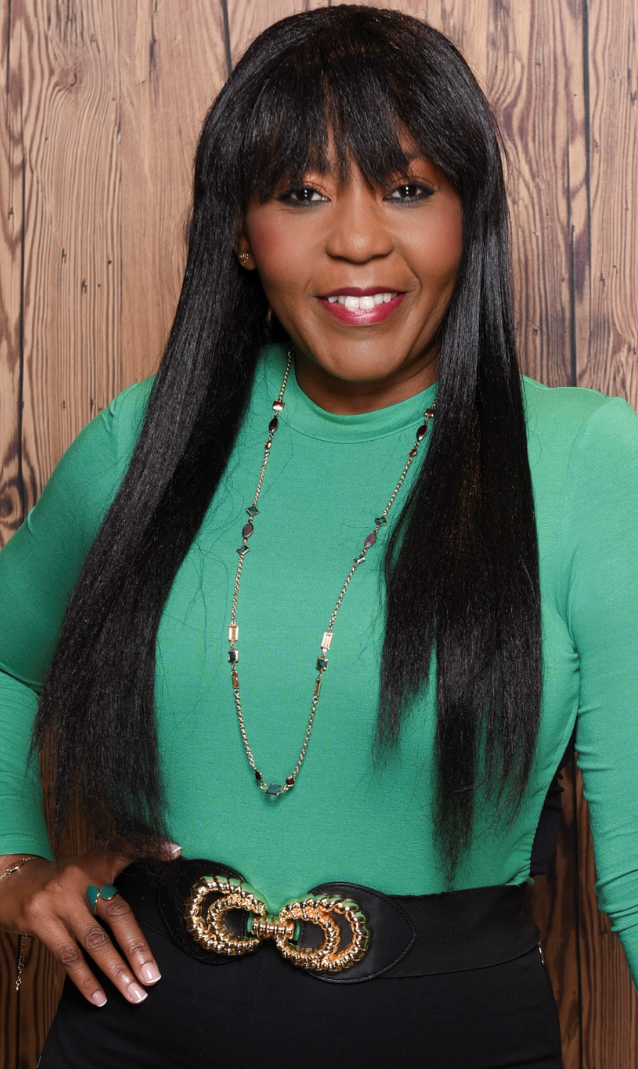1 year Diversity Management at Namics - a review
What has become of the strategic initiative and how it is lived at Namics
Just under a year ago, Namics decided that diversity should be anchored as a strategically important topic in the organization. In this article, I look back on the past year as a Diversity Manager, explain what exactly my responsibilities are and how companies can promote diversity.

How did the subject come up at Namics?
In 2017 there was a strategic initiative to investigate gender equality at Namics. Two very important findings emerged:
- Finding 1: The underlying theme is fairness and this across all dimensions of diversity (gender is an important one of many dimensions)
- Finding 2: To address the identified challenges, someone in the company is needed who is responsible for the topic and will take it forward.
What are my tasks as Diversity Manager?
As Diversity Manager, my job is to act as a contact person and driver for the topic within the Namics.
The areas of responsibility are diverse:
- Developing concrete measures to improve processes (e.g. promotion process)
- Initiate working groups and drive their content (e.g. working group on part-time work at Namics)
- Exchange with managers regarding current challenges such as recruiting, promotion criteria, etc.
- Exchange with human resources regarding new challenges due to the demographic development of our company or regarding fairness and equal treatment
For me, the central tool is a dedicated Diversity Dashboard in which we record certain key figures twice a year and thus track the effectiveness of our measures.
What has changed in that one year?
Mainly - and this was also the primary goal for the first months - diversity has become a relevant topic. Every day I sense that Namics employees at all levels and in all areas of the company are dealing with it and giving it a lot of thought. This awareness that each and every one of us shares responsibility, that we live and celebrate diversity and also consciously attract it, is the most important thing for me.
Furthermore, we have been able to create facts in many relevant areas, among other things, by introducing the dashboard and the associated collection of key figures. This reduces the emotionality in the discussions and enables us to work on problems or challenges that have been identified on the basis of facts. It has also shown us that we as Namics are already very well positioned in many areas.
The biggest challenge at the beginning was to find out how to tackle this broad topic, where action is needed and where it has the greatest impact. This was mastered by a working group in an impressive way and has given me a lot to work on. The current challenge is to ensure that the theoretical content and measures developed in theory are anchored operationally without losing focus.
What is behind the calibration rounds* and why do they play an important role in diversity management?
*In the calibration rounds, twice a year the managers sit down with HR and decide who will move on to the next career level.
The story of how we came to our current model is symbolic of my work at Namics.
Basically, a transparent and fair promotion process is one of the key factors in achieving fairness and equal treatment, and thus indirectly also pay equity. When we at Namics introduced our current promotion concept - the calibre rounds - there was no dedicated diversity management in our company. However, our 2016 reorganization project recognized that the old promotion process, which was anchored in business units, had some weaknesses in terms of fairness and transparency. The answer was a joint assessment of all employees at a particular level and a democratic approach to decision-making for or against promotion. Today, when we explain our process to people outside the Namics, the feedback is usually very positive and appreciative.
When we started to focus on diversity in 2018, we analyzed the process in detail and identified only a few weaknesses that could be closed with a few small additions.
I want to make it clear that we have already done a lot of things right in the past because fairness and transparency are deeply rooted in our culture. However, it is always worth exposing proven systems and processes to a detailed analysis that focuses on the issue of diversity, questioning things and making improvements.
In what direction can companies like Namics continue to develop?
In my opinion, the first thing companies need to work on is transparency and openness. Only when they are prepared to share grievances openly and accept that mistakes have been made in the past will there be room to make corrections.
We at Namics recognised this a long time ago, which is why, after a year in this role, I can also say with a clear conscience that we have already achieved a great deal. But there is always room for improvement in this area. For us at Namics, this means that in the next few steps we will continue to develop and live out the measures and processes introduced this year, as well as expanding our horizons to include other topics such as age structure, cultural influences and different educational paths.
In general, the ultimate stage of development is reached when diversity in a company is no longer seen as a challenge or even a problem, but rather as a strength and a positive influence on everyday work and the quality of results.
Do you value diversity? Then apply and become part of Namics.












